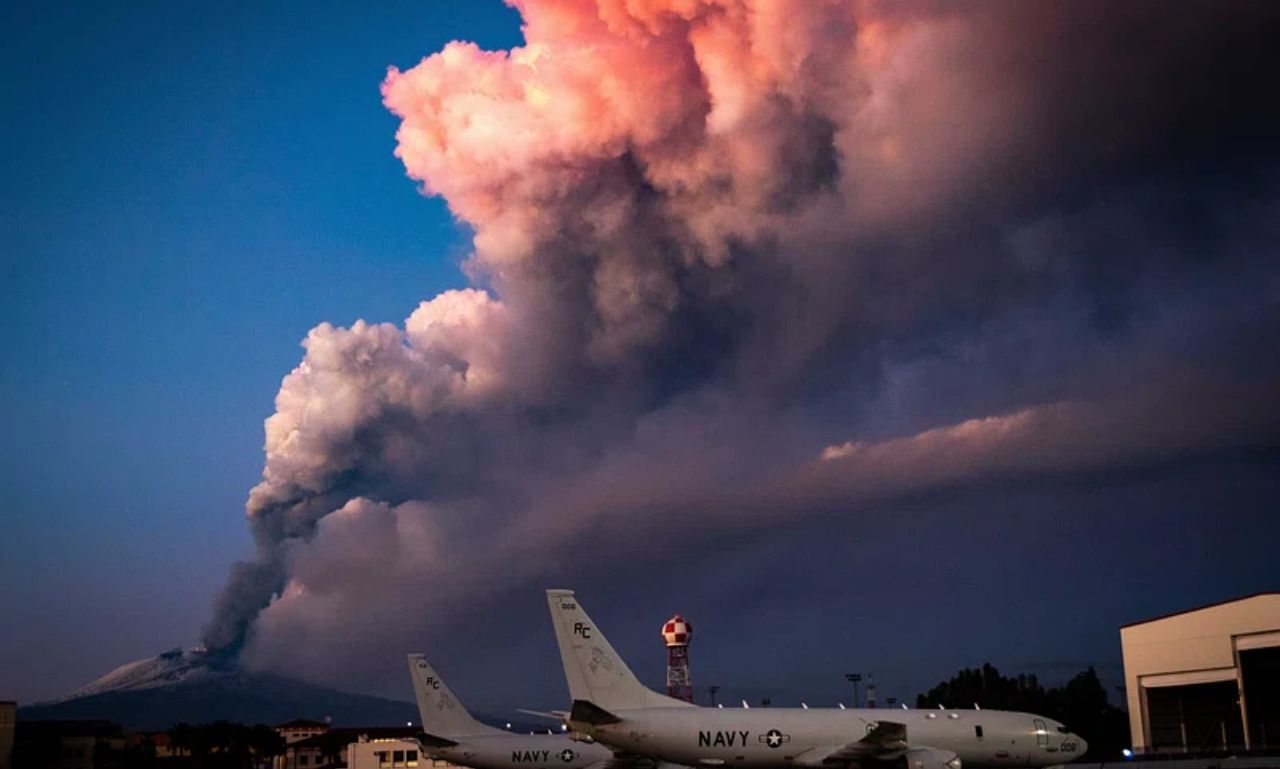On a recent Friday, chaos consumed Jacksonville International Airport as a massive fire erupted in the hourly parking garage. Thick black smoke billowed into the sky, visible from nearby highways, sparking widespread concern. The fire, which started in a single vehicle, quickly escalated, damaging multiple floors of the parking deck, destroying over 50 vehicles, and causing significant disruptions to flights and airport operations.
This incident serves as an alarming reminder of the importance of safety preparedness during travel. For passengers, airport authorities, and Jacksonville locals, understanding the scale of this situation, how it unfolded, and how to handle future travel disruptions is critical.
Here, we explore the details of the Jacksonville airport fire, its far-reaching impact, and essential takeaways to help travelers stay informed and prepared.
The Blaze That Changed a Friday at Jacksonville Airport
Fire Origin
The fire broke out on the second floor of the hourly parking garage at Jacksonville International Airport and spread at an alarming rate. Flames and thick black smoke engulfed the garage, visible to both passengers and those driving by. Before emergency services contained the blaze, it had rapidly spread, igniting over 50 vehicles and causing structural damage to two floors of the garage.
Witnesses described the scene as chaotic, with fire alarms blaring as airport staff worked to evacuate the area. The fire’s aggressive expansion underscored the vulnerability of vehicle-dense environments like parking garages and the importance of rapid emergency response measures.
Emergency Response
The Jacksonville Fire and Rescue Department was quick to act. Deploying firefighters, along with advanced tools like drones to assess the damage, their coordinated efforts ensured there were no casualties or injuries reported. The airport’s effective evacuation plan played a critical role in safeguarding passengers, airport employees, and first responders.
Their swift action also ensured nearby sections of the airport were not severely impacted, allowing other operations to resume as soon as conditions were deemed safe.
The Fallout for Flights and Parking
Impact on Flights
The fire led to an immediate closure of all flights at Jacksonville International Airport, leaving hundreds of travelers stranded or delayed. No flights were able to take off or land during the early hours of the emergency, causing significant disruption. Although operations resumed by 4 p.m. that same day, backlogged flights and cancellations rippled throughout the day and into the weekend, leaving passengers scrambling to find alternatives.
Some passengers, like Grant Henslee, missed critical connections due to the sudden shutdown. Henslee, who was traveling for business, shared his frustration over the lack of immediate communication from airlines regarding rebookings.
Parking Woes
The fire forced indefinite closures of both the hourly and daily parking garages, with the hourly garage nearly at full capacity at the time of the incident. Structural damage and intense heat from the fire made it unsafe for travelers to retrieve vehicles parked in the affected area.
Rental car returns were rerouted to off-site locations, and travelers were advised to use off-airport parking lots or opt for rideshare services. For passengers like Johnathan Huggins, this meant scrambling to arrange alternative transportation while his vehicle remained stranded inside the garage for days.
Travelers Stories
Every traveler had a different experience—but for most, the day turned into a stressful ordeal.
- Angel Studer recounted how she avoided major delays by proactively arriving at the airport hours early, a habit she encourages all travelers to adopt.
- Parents traveling with young children shared stories of struggles to keep calm amid flight delays and crowded terminals.
Such disruptions serve as crucial reminders for all passengers to build flexibility into their travel plans and stay informed through official airport channels.
Key Takeaways for Jacksonville Travelers
Here’s how you can stay ahead during emergencies like the Jacksonville airport fire:
- Monitor Updates
Follow official Jacksonville International Airport channels like their website or Twitter for real-time updates on operations, closures, or alternative transport options.
- Plan for Parking Disruptions
With parking garages indefinitely closed, consider carpooling, using rideshares, or opting for off-airport parking services.
- Prepare for Emergencies
Build extra time into your schedule to account for unexpected evacuations or delays. Know where emergency exits are and familiarize yourself with airport layouts.
- Travel Insurance is a Must
Consider purchasing travel insurance that covers delays or last-minute flight cancellations for extra peace of mind.
Being well-prepared can significantly reduce the stress of such travel disruptions.
Lessons Learned Beyond Jacksonville
The Jacksonville airport fire isn’t an isolated incident. Similar events at other airports globally highlight the need for robust fire prevention systems and emergency protocols. Airports are high-density hubs, making them vulnerable to environmental and man-made disruptions.
To minimize the impact of incidents like these on travelers, enhanced safety measures such as updated fire suppression systems, improved monitoring technologies, and transparent communication strategies are essential. Frequent evaluations of safety protocols should be mandatory for all major travel hubs.
Airports worldwide can also take inspiration from Jacksonville’s coordinated emergency response, which serves as a clear example of how preparedness can save lives and minimize chaos.
Staying Safe and Moving Forward
The Jacksonville airport fire was a stark reminder of the unexpected challenges that come with travel. While disruptions can be stressful, taking proactive steps to stay informed and prepared can make all the difference. The swift response of emergency services and airport staff was commendable, but the event also highlighted the importance of robust safety systems in high-traffic locations.
For travelers, the takeaways are clear. Build flexibility into your plans, stay connected to official updates, and always leave room for the unexpected.
Want more airport safety insights and travel tips? Subscribe to our newsletter for the latest updates to ensure smoother journeys every time you fly.
